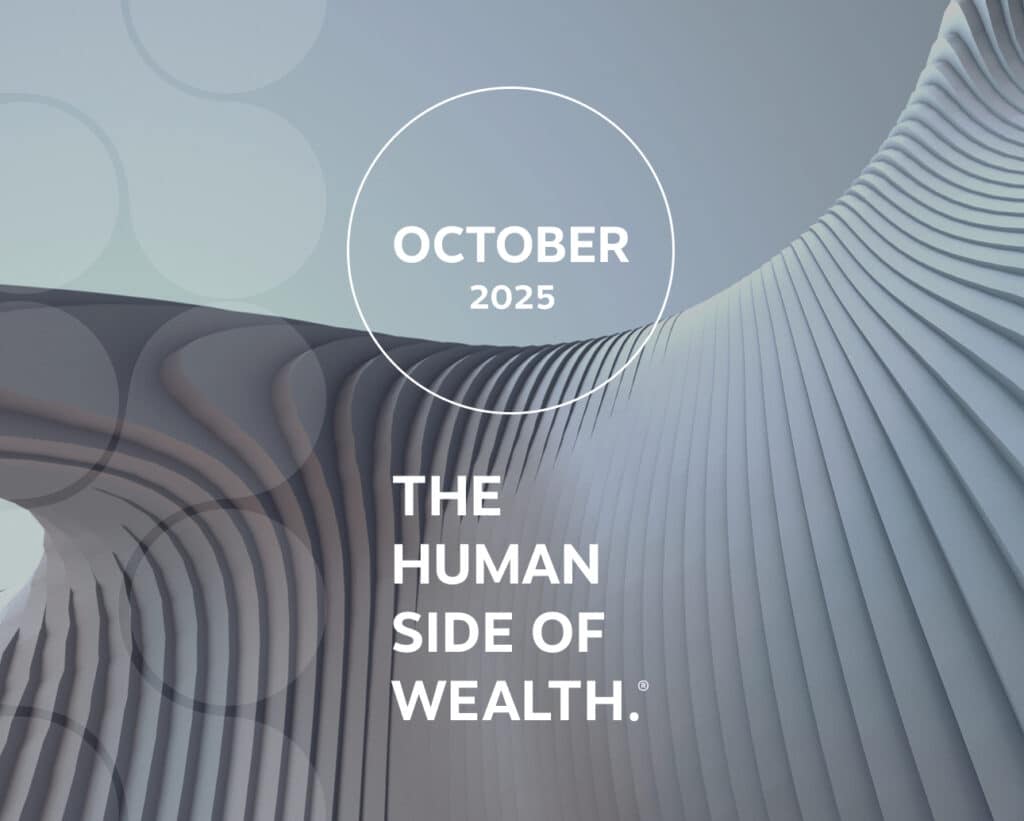Including Perspectives from Steve Reder, President, RWA Private Wealth, and Chris Hagan CRPC®, CHFC®, and Partner, Senior Wealth Advisor, RWA Private Wealth
When clients ask about achieving their philanthropic goals efficiently, donor-advised funds (DAFs) nearly always come up in the conversation. Establishing a DAF is like creating your own private charitable foundation, but without the expense, complexity or legal hoops. A DAF offers a simple way to give, with most set-up and compliance handled for you.
Create Your Own Charitable Foundation the Easy Way
A DAF serves as a personal charitable giving account, enabling individuals and families to recommend grants to IRS-qualified public charities. Unlike a private foundation, opening a DAF account is fast, affordable, and doesn’t require attorney involvement or a board of directors. Recordkeeping is simplified: you don’t have to keep track of each gift acknowledgment from every charity you support—just the receipts from your DAF contributions.
Making the Most of Appreciated Assets
DAFs can be impactful for after-tax investments with substantial unrealized gains. Highly appreciated assets (think big tech stocks or legacy real estate) are ideal for charitable contributions through a DAF. By donating such assets, you generally can avoid capital gains tax while securing an immediate charitable deduction for the full fair-market value, up to 30% of adjusted gross income. DAFs now accept a wide range of contributions, including cryptocurrencies and other less liquid assets, providing even more flexibility.
One important note: DAFs cannot be used to meet your IRA’s required minimum distributions (RMD). This is a common area of confusion and worth clarifying for anyone planning around retirement-income strategies.
Immediate Giving or Growth: Your Choice
After your gift is made, DAFs allow you to choose when and where to make grants. You can donate to thousands of pre-approved charities immediately or, if you prefer, invest the assets within the DAF to grow your charitable pool over time. At RWA, we actively manage DAF accounts with balances over $100,000, helping clients maximize both their investment returns and charitable impact.
Bunching Donations: Tax Efficiency That Puts More in Play
“Bunching” isn’t just a catchy term. It can be a potential opportunity. Instead of spreading donations across several years, you may opt to bunch multiple years’ planned charitable contributions into a single tax year. This may enable you to surpass the standard deduction threshold and secure a larger tax deduction than would be possible if giving were spread out annually.
Chris Hagan, one of our Senior Wealth Advisors, noted, “It is a typical technique that I recommend to my clients who are selling properties at significant capital gains to review their charitable gift history and bunch several years’ worth of donations. In this way, they can maximize their tax deduction in a year when it matters most.”
The beauty of a DAF is that you can make one contribution now (and receive the corresponding deduction) but make grants to charities on your preferred timeline in future years.
“The best part is that there’s no pressure about rushing to make large gifts all at once or anxiety about sending the wrong signals to your beloved charities that you are suddenly setting the bar higher than normal. You can just continue your regular pattern of giving if you so choose.”
Flexibility and Impact for Every Kind of Donor
DAFs are designed for flexibility. They accept cash, publicly traded securities, and even more complex or illiquid assets. But keep in mind, cash can often be the most “expensive” asset you can give. That’s why we encourage gifting highly appreciated assets whenever possible—like stocks, mutual funds, or ETFs—as mentioned earlier. It can be a smart way to amplify your impact while potentially reducing your capital gains tax burden.
DAFs allow you to tailor your giving for what works best, whether it’s timing your charitable grants, supporting a wide variety of causes or leveraging market gains for tax advantage.
Legacy: Engage and Inspire the Next Generation
DAFs aren’t just impactful for the present. They can be a unique legacy-building opportunity for your family’s future. Many clients name children or grandchildren as successor advisors to continue managing the family’s charitable mission. Some DAFs also have provisions for dividing the account among heirs, allowing each family member to champion their own causes. Passing down the tradition of giving can be one of the most meaningful aspects of your financial legacy.
As President of Private Wealth Steve Reder likes to say, “Transfer of wealth is best accomplished hand-in-hand with a transfer of values. A philanthropic legacy can be as important an inheritance as any others, and a DAF is a perfect structure to deliver that legacy in a way that is manageable, affordable, and streamlined to administer.”
Conclusion: A Smarter Path to Purpose
For individuals and families seeking meaningful impact with less complexity, a donor-advised fund may be a good solution. It allows you to turn highly appreciated assets into tax-efficient gifts, contribute a wide variety of asset types, and potentially create a legacy that grows and supports the organizations you care about most. With professional guidance, DAFs can become a component of your comprehensive wealth, estate, and legacy planning, making your giving both streamlined and significant.
If you’re ready to put your charitable dollars to work in smarter, more flexible ways, let’s have a conversation about how a donor-advised fund can fit into your larger financial vision..



